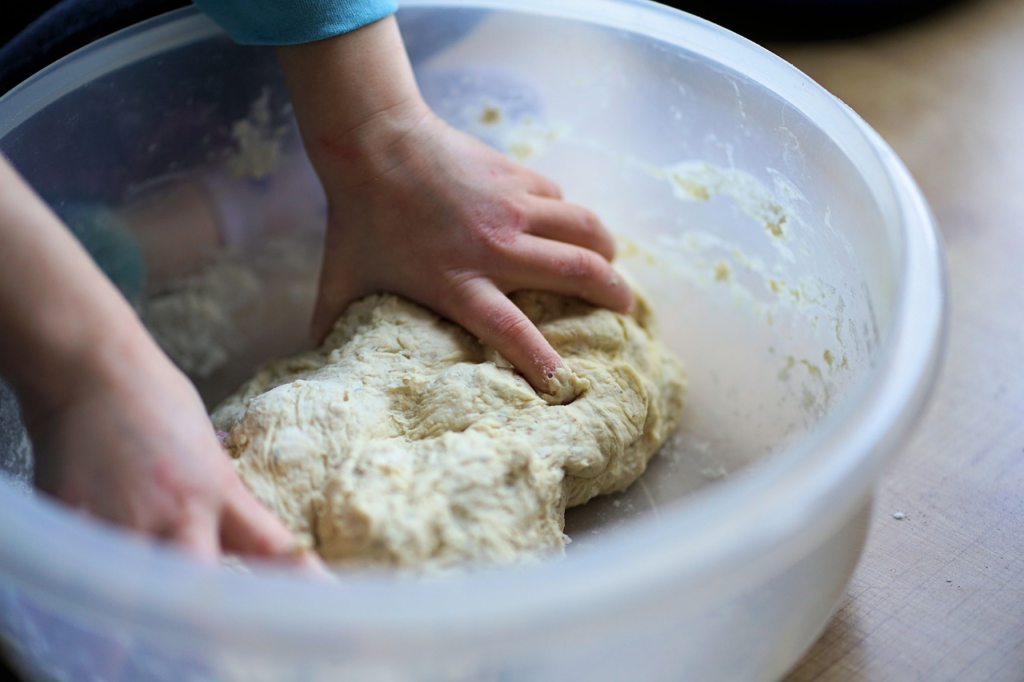When it comes to pizza, the crust is arguably the most crucial element. It sets the foundation for a delightful culinary experience. Achieving the perfect crust involves a delicate balance between art and science. In this blog post, we will delve into the fascinating world of pizza dough chemistry, exploring the key ingredients and techniques that contribute to the ideal pizza crust.
1. Pizza Dough Chemistry: The Backbone of Great Crust
Understanding the chemistry behind pizza dough is essential for crafting an outstanding crust. Gluten, a protein found in wheat flour, plays a significant role in creating a desirable texture. The interaction between gluten and water during mixing and kneading forms an elastic network that gives the dough its structure and strength.
2. Perfecting Pizza Crust: The Art and Science of Dough Making
Creating the perfect pizza crust is a blend of scientific principles and artistic intuition. It begins with choosing the right flour. High-protein bread flour is commonly preferred for its strong gluten content. The ratio of water to flour, as well as the hydration level, affects the dough’s texture and elasticity. Experimentation and practice will help you find the ideal balance for your preferred crust.
3. Key Ingredients for Pizza Dough: Building Blocks of Flavor and Texture
Apart from flour and water, a few key ingredients contribute to the overall taste and texture of pizza crust. Yeast is responsible for the dough’s rise, releasing carbon dioxide and creating air pockets that result in a light and airy texture. Salt enhances flavor and regulates yeast activity, while olive oil adds moisture and tenderness to the crust.

4. Achieving the Ideal Pizza Crust: Techniques and Tips
The secret to achieving the ideal pizza crust lies in the details. Here are a few techniques and tips to help you elevate your dough-making game:
– Properly activating yeast by dissolving it in warm water and allowing it to froth before incorporating it into the dough.
– Giving the dough enough time to rise and ferment, allowing flavors to develop and gluten to relax.
– Stretching and shaping the dough with gentle hands to preserve air pockets and prevent overworking.
– Baking at high temperatures (around 500°F/260°C) for a shorter duration, resulting in a crisp, yet chewy crust.
Conclusion:
Crafting the perfect pizza crust is a culinary adventure that combines the art and science of dough making. By understanding the pizza dough chemistry, selecting the right ingredients, and employing proper techniques, you can achieve a crust that will leave your taste buds wanting more. So, grab your apron, experiment with different recipes, and embark on a delicious journey to master the science of pizza dough and create the perfect crust every time you make pizza at home.
Also read- Kadhai Paneer Paratha Bowl: A Spicy and Flavorful Dish in a Bowl

4 thoughts on “The Science of Pizza Dough: Secrets to Achieving the Perfect Crust”
Pingback: Pizza on the Grill: Mastering the Art | EatFit.in
Pingback: Perfecting Pizza: Mastering Dough Stretching - EatFIt
Pingback: Gluten-Free Pizza Options: Delicious Alternatives - EatFIt
Pingback: Unlocking the Secrets of Dough Fermentation - EatFIt